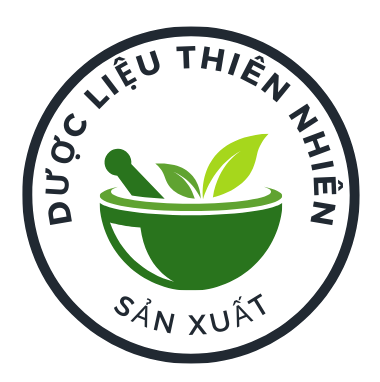##Market Overview##
### #Present Industry Metrics#
The European automotive parts sector currently generates €359.4 billion annually, experiencing a compound annual decrease of 4% since 2019[2][9]. This contraction contrasts with 130,000+ available SKUs maintained by major distributors like Euro Car Parts[1][7][15]. Workforce metrics indicate 2 million employees sustain operations across manufacturing and distribution channels[2][9]. https://carparteu.com/
### #Electrification Impact#
Accelerated adoption of hybrid vehicles drives double-digit increases in battery components demand, offsetting declining legacy system components[2][5]. The EU’s zero-emission vehicle mandate threatens quarterly market shrinkage for traditional drivetrain suppliers[2][5].
##Regulatory Framework##
### #Vehicle Certification Protocols#
EU Directive 2007/46/EC enforces system-level compliance through ECE certifications covering 1,824 component categories[3][10][14]. KBA-approved testing facilities validate crash safety metrics using R156 software update protocols[14][10].
### #Right-to-Repair Legislation#
The 2024 EU Design Regulation dismantles manufacturer exclusivity for windscreens, generating projected consumer cost reductions through independent workshop empowerment[5]. Transition periods vary: 8-year phaseouts across member states based on prior regulatory frameworks[5].
##Distribution Networks##
### #Key Market Players#
ALVADI dominate cross-border logistics with 20,000 daily searches across 28 EU markets, leveraging in-house fleets for hourly workshop replenishment[4][8][11][13]. EUROPART specialize in commercial vehicle components, maintaining 300+ warehouses[12][13].
### #Quality Assurance Protocols#
E-Mark certification ensure safety compliance through ISO/IEC 17025 testing of brake fluid formulations[6][14]. Euro Car Parts enforce 12-month warranties on aftermarket alternators[1][15].
##Technological Disruption##
### #E-Commerce Transformation#
Platforms like EUROPART EWOS utilize VIN decoders achieving 90% order accuracy, integrated with blockchain tracking[8][12][15]. SPEurope deploy QR code traceability across 100,000+ OE references[4][11].
### #3D Printing Adoption#
Aftermarket suppliers pilot on-demand spares production for discontinued components, reducing lead times by 43% through localized print hubs[9][13].
##Strategic Challenges##
### #Margin Compression#
Intensifying competition from Asian exporters forces cost-optimization initiatives among French OEMs[9][10]. Euro Car Parts counter with click-and-collect networks offering trade discounts[1][15].
### #Workforce Gaps#
The EV diagnostic requirements creates 38,000 unfilled positions, prompting VR training simulators with FE colleges[12][15].
##Future Projections##
### #Circular Economy Models#
Upcycled components target 55% market penetration through EU End-of-Life Vehicle Directive incentives[5][9]. Motor core refurbishment centers emerge near urban hubs[2][14].
### #Autonomous Vehicle Readiness#
LiDAR calibration kits require ISO 26262 updates, driving €3.4B R&D investments across Stuttgart[10][14].
##Conclusion#
#The EU automotive parts sector navigates unprecedented transformation from electrification mandates. industry leaders will reconcile compliance rigor with circular economy commitments. As 2035 deadlines approach, strategic pivots toward software-defined vehicle architectures separate winners from legacy providers[2][5][9][14].#
